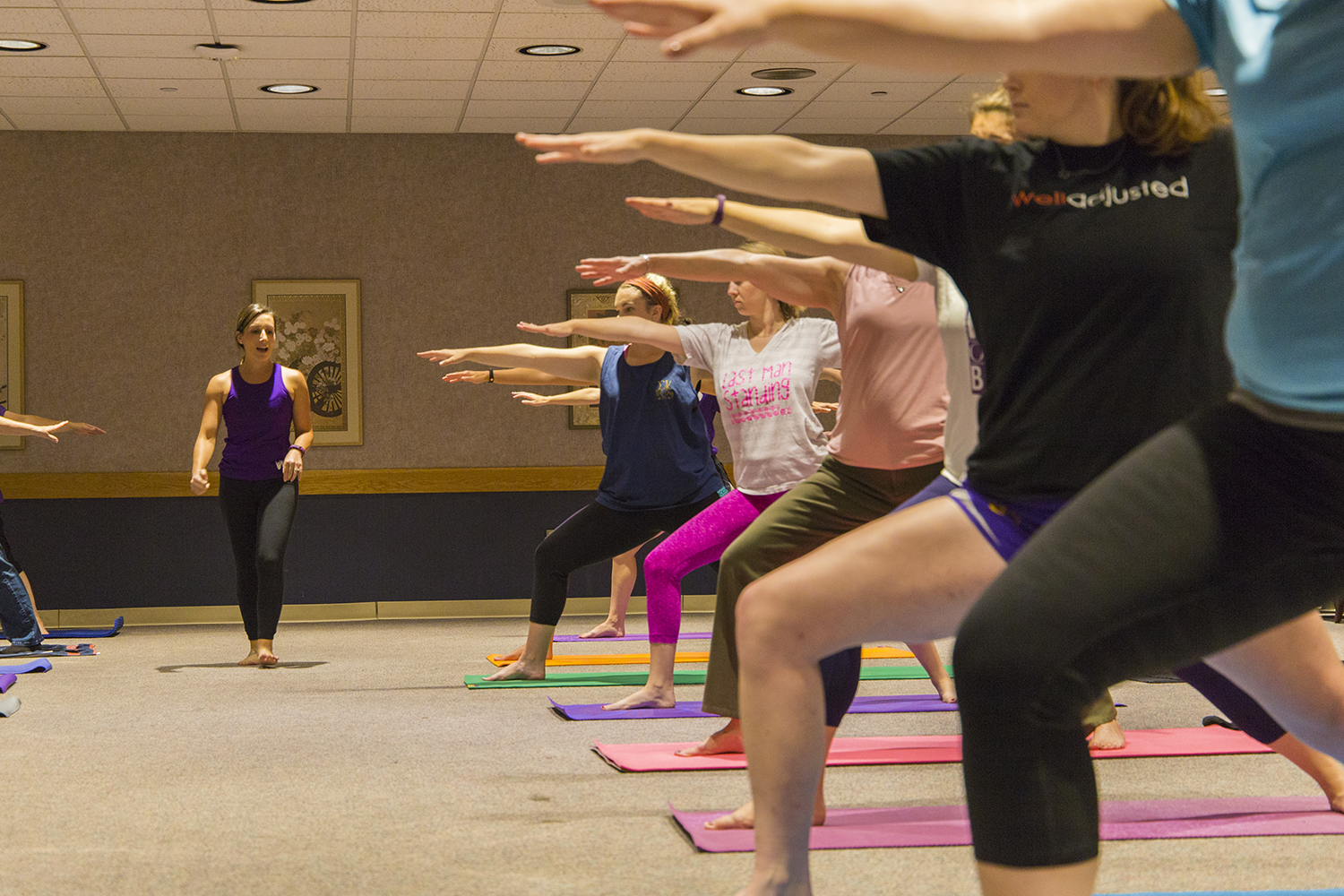Evil bees were colonising my brain.
Their buzzing between my ears kept me awake half the night. The bees transmitted loud negative thoughts about what I did wrong that day, or what would go wrong after I woke. I had to find a way to settle those bees down.
A friend suggested meditation, so I downloaded an app with soothing music and soft instructions to focus my breathing. But the bees kept interrupting, and I gave up.
Another friend advised yoga, claiming the practice made her more flexible and calmed her own buzzing bees. I resisted her suggestion because I am very attached to my high-cardio gym routine. I also told her that I’d feel foolish sitting on a mat crossing my legs and chanting ‘ommmm.’ She rolled her eyes and said my fears were keeping me from being flexible. That stung.
My friend’s comment came to mind when I received an invitation in the mail for a free yoga class. I decided to try it – and I’ve been hooked ever since. I love practising oddly named poses like Downward Facing Dog. The pose Warrior Two actually makes me feel like a warrior.
I’ll never forget my first class when Terry, our instructor, had us lay on our backs, made us point our right legs straight up, pull a strap around our heel, and tug it towards our heads. Tears (not of joy) filled my eyes as my hamstring pulled away from the bone to which it had been attached. With this, and other excruciating stretches, I actually became more flexible.
The Need for Flexibility
And miraculously, the bees got quieter. I cannot explain it but it’s true: I am generally more relaxed; I take things (like myself) less seriously and sleep better. Once I got over my fear of looking silly, I also began to try new things (like singing in an ‘open mike night!’) and being more flexible when colleagues made ‘off the wall’ suggestions.
And I received a bonus: I started learning lessons in yoga that directly apply to flexible leadership. As we know, flexible leadership is essential these days, as organizations morph into new forms, and emerging technologies reshape consumer behaviour.
Consider Ryan, who was for years the go-to software developer for a media company. His expertise was in ‘waterfall’ software development; developers gathered user requirements up-front, coded the required software, and presented it (hopefully) fully designed, without bugs. This approach was being supplanted by ‘agile’ software development, through which developers create a constant feedback loop with users, more of a build-as-you-go approach.
Ryan was against the agile method, and influenced others to resist, which created rifts in his department. His bosses grew concerned because Ryan was a valued opinion leader. They asked me to coach him, and Ryan was eager to engage.
When we met, Ryan took pride in his flexibility, which seemed odd given his position against agile software development. But when we dug beneath the surface, Ryan’s bees started buzzing. He revealed his worry that if they implemented agile development methods he wouldn’t be seen as the go-to person any more. More significant, he was worried to be exposed as incapable of mastering the intricacies of the new procedures. Thus, Ryan wasn’t ‘ideologically opposed’ to the new methods – he was scared, and he wasn’t aware of his fears.
Fear Undermines Flexibility
Once he decoded those bees buzzing their scary thoughts, Ryan recalled the many times he had overcome other learning trials. This led him to reframe the change in methodology as a challenge to demonstrate his learning acumen. Ryan became a leader and advocate of the new system, influencing other die-hards. His bosses were impressed with his newfound flexibility. I was happy he quieted the bees.
Ryan and I have something in common. From the outside we may look inflexible or resistant, but from the inside we’re simply experiencing the bee-buzz of fear: Fear of looking stupid or incompetent, fear of losing our status, fear of losing our valued routines, fear of losing our identity, you name it. Only when we reach past the behavior to understand our fears can we move beyond them. And this usually takes help.
What doesn’t help is being told to be more flexible. That’s like telling someone suffering from depression to cheer up. What does help is empathy – trying to deeply understand what the individual is going through, and observing their feelings without judgment. Sometimes all we need to ask is, “what are you really afraid of?” and then try to understand what that fear feels like, to help someone start putting the bees to rest.
This relates to another lesson I learned from Terry in my yoga class: The term ‘Namaste,’ is the last word spoken at the end of every class. It does not mean thank you or good-bye. It means: The light I see in myself acknowledges the light I see in you. In other words, only when we see each other in our full humanity can we support each other to become more flexible, and more effective leaders. Namaste, ya’ll.
From: Organization Insight



